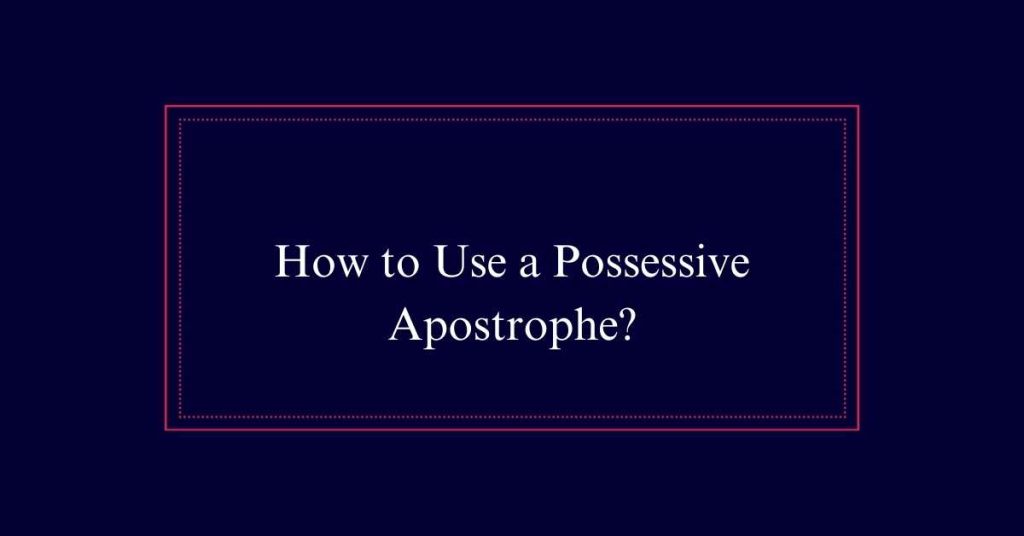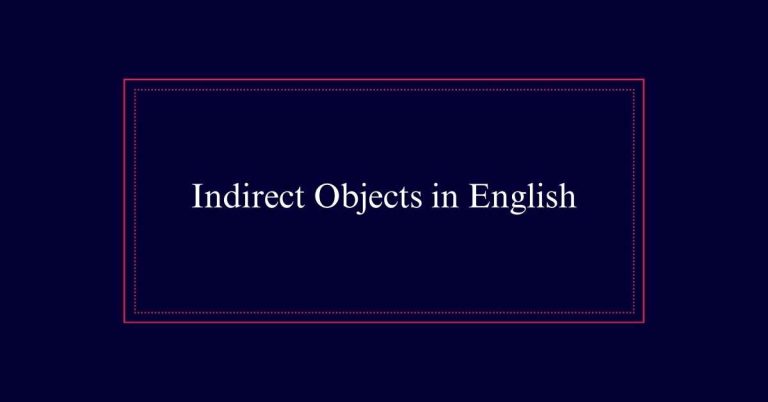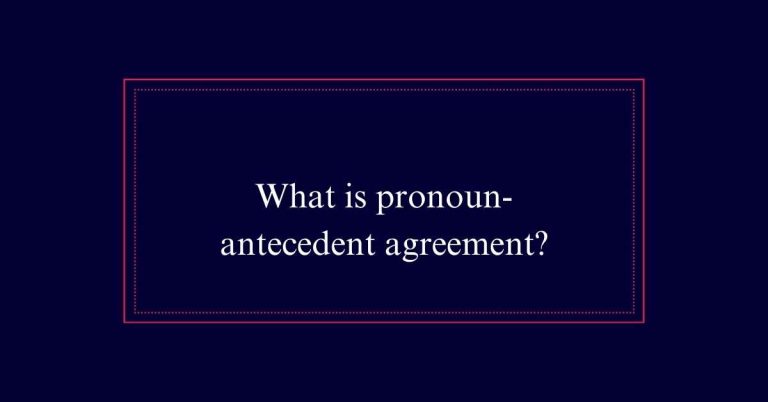How to Use a Possessive Apostrophe?
Using a possessive apostrophe is crucial for indicating ownership and avoiding confusion. For singular nouns, add an apostrophe followed by an ‘s’ (e.g., the dog’s bone). For plural nouns ending in ‘s,’ simply add an apostrophe after the ‘s’ (e.g., the dogs’ park). For irregular plural nouns that do not end in ‘s,’ add an apostrophe + ‘s’ (e.g., the children’s toys).
Always remember, possessive pronouns like ‘ours’ and ‘theirs’ never take an apostrophe. Proper placement of possessive apostrophes guarantees clarity in your writing.
Understanding Possessive Apostrophes
A possessive apostrophe is an essential punctuation mark used to indicate ownership or a close connection between nouns. It is placed at the end of the noun to show that something belongs to someone or something.
This punctuation mark is key for clarity in writing, as it helps distinguish between different relationships in sentences. Despite its importance, it is a common source of grammar mistakes. People often misuse it or omit it altogether, leading to confusion.
Understanding the correct placement of possessive apostrophes is vital. They are also used in contractions to combine words. Mastering the rules for singular, plural, and compound nouns ensures proper usage. Style guides may offer specific exceptions, which writers should consult for accuracy.
Indicating Ownership
To indicate ownership using a possessive apostrophe, place the apostrophe followed by an ‘s’ at the end of the noun. This rule applies to most singular nouns, whether they end in a vowel or consonant.
For example, ‘the cat’s toy’ shows that the toy belongs to the cat.
When dealing with last names, treat them like other nouns. For singular last names, add an apostrophe and ‘s’, as in ‘Mr. Smith’s car.’ For plural last names, simply add an apostrophe, such as ‘the Joneses’ house.’
When indicating joint ownership, add an apostrophe to the last noun only, e.g., ‘John and Mary’s home.’
For individual ownership, each noun gets its own apostrophe, e.g., ‘Sam’s and Tom’s books.’
Apostrophes and Contractions
Contractions are formed by combining two words and using an apostrophe to indicate missing letters. This helps in making speech and writing more concise.
Common examples include ‘do not’ becoming ‘don’t’ and ‘is not’ becoming ‘isn’t.’ The apostrophe replaces the omitted letters, making the phrases shorter.
When creating contractions, make sure that the apostrophe is placed correctly. For instance, ‘you are’ becomes ‘you’re,’ with the apostrophe replacing the missing ‘a.’

Singular Nouns
For singular nouns, a possessive apostrophe and an ‘s’ are added to indicate ownership. This rule applies regardless of whether the noun ends in a vowel or a consonant. For example, ‘the bicycle’s wheels’ shows that the wheels belong to the bicycle.
Similarly, ‘the dog’s collar’ indicates the collar belongs to the dog.
When dealing with singular proper nouns, such as last names, the same rule applies. For instance, ‘Anwuli Okoro’s bathing suit’ and ‘Jeon’s garden’ both show possession. Some style guides may have specific exceptions, so it is advisable to consult them for clarity.
Plural Nouns
When dealing with plural nouns, the placement of the possessive apostrophe changes depending on whether the noun is regular or irregular.
For regular plural nouns that end in ‘s,’ you simply add an apostrophe after the ‘s.’ For example, ‘the teachers’ lounge’ indicates the lounge belongs to multiple teachers.
For irregular plural nouns that do not end in ‘s,’ you add an apostrophe followed by an ‘s.’ For instance, ‘the children’s toys’ shows the toys belong to multiple children.
It is important to identify the correct form of the plural noun before deciding where to place the apostrophe. This ensures the possessive form is accurate and clear, avoiding common grammatical errors.
Compound Nouns
With plural nouns addressed, it’s now important to understand how possessive apostrophes apply to compound nouns.
Compound nouns consist of two or more words forming a single noun. When indicating possession, place the apostrophe and ‘s’ at the end of the entire compound noun. For example, in ‘my sister-in-law’s car,’ the possessive form is added to the end of ‘sister-in-law.’
If the compound noun is plural, the apostrophe goes after the plural form. For instance, ‘the mothers-in-law’s meeting’ shows that the meeting involves multiple mothers-in-law.
Pronouns
Guarantee apostrophes with pronouns follow different rules compared to those for nouns. Pronouns such as ‘his,’ ‘hers,’ ‘its,’ ‘ours,’ ‘theirs,’ and ‘yours’ do not take apostrophes to show possession.
For example, you would write ‘This is her book,’ not ‘This is her’s book.’ The word ‘its’ is a common source of confusion. Remember, ‘it’s’ is a contraction for ‘it is’ or ‘it has,’ while ‘its’ shows possession, as in ‘The cat licked its paw.’
Pronouns already indicate possession without needing an apostrophe, so using one would be incorrect. It’s important to distinguish between possessive pronouns and contractions to avoid errors. This guarantees clear and effective communication.
Last Names
Treating last names correctly with possessive apostrophes is essential for clear and accurate writing. When dealing with singular last names, add an apostrophe followed by an ‘s’ (e.g., Smith’s car). For plural last names, simply add an apostrophe after the ‘s’ (e.g., the Smiths’ house). Correct usage guarantees readability and avoids confusion. Below is a table that demonstrates correct and incorrect usage:
| Last Name | Correct Usage | Incorrect Usage |
|---|---|---|
| Smith | Smith’s car | Smiths car |
| Smiths | the Smiths’ house | the Smith’s house |
| Jones | Jones’s book | Jones’ book |
| the Joneses | the Joneses’ party | the Jones’ party |
| Lee | Lee’s dog | Lees’ dog |
Joint Possession
Joint possession requires careful placement of apostrophes to clearly indicate shared ownership. When two or more nouns share ownership, only the last noun should take the possessive apostrophe.
For example, in ‘John and Mary’s house,’ the apostrophe and ‘s’ are added to ‘Mary’ to show that the house belongs to both John and Mary. This method avoids redundancy and maintains clarity.
It’s crucial to make sure that the nouns are closely connected in the sentence. Joint possession is straightforward when the shared ownership is clear, but always double-check for any ambiguity. Correct punctuation can prevent misunderstandings and convey precise meaning.
Is It Appropriate to Use a Possessive Apostrophe before a Colon?
When to use a colon: It is generally not appropriate to use a possessive apostrophe before a colon. The colon is used to introduce a list, explanation, or conclusion, and the possessive form would disrupt the flow of the sentence. Keep the punctuation separate for clarity and grammatical correctness.
Individual Possession
Individual possession differs from joint possession in that each noun must take its own possessive apostrophe. This rule guarantees clarity in writing. For instance, in the phrase ‘the manager’s and the employee’s desks,’ each noun shows individual ownership. Using possessive apostrophes correctly is crucial to avoid confusion between singular and plural forms.
Here’s a quick reference table:
| Phrase | Correct Usage |
|---|---|
| The manager’s and the employee’s desks | Individual possession |
| The managers’ and employees’ desks | Plural possession |
| The manager’s and employee’s desk | Ambiguous, likely incorrect |






